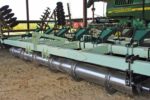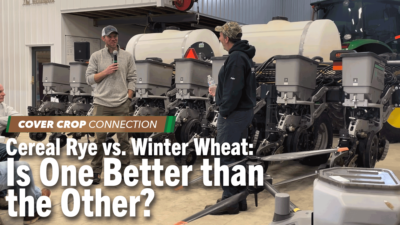Soil Health
Research on two southern Illinois farms shows the potential of using early maturity crops to establish covers sooner and boost yields in poorly drained, drought-prone, underperforming fields.
Read More
Cooling Off Soils with Covers Yields Success
Cover crops have helped Myron Johnson boost soil organic matter and retain crucial soil moisture in Alabama’s humid, subtropical climate.
Read More
Exchanging Cover Cropping Ideas, Outcomes & Experiments
Four farmers sit down to discuss the regional and even farm-specific considerations for variety selection and seeding strategies for developing a successful cover cropping program.
Read More






